Crate Protects Furniture During a Move
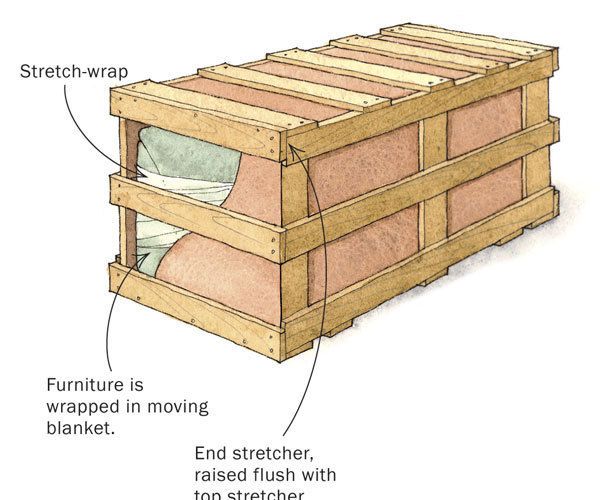
Faced with the problem of protecting furniture while moving, I developed this basic crate. It’s light, strong, and easy to assemble, and it allows the furniture to be loaded easily. It’s adaptable to most furniture.
The crate is made of 1×4 pine. It consists of two side panels connected by a number of stretchers. The furniture sits inside on the bottom stretchers, wrapped in a moving blanket.
Each side panel has three rails and three stiles. I line the top and sides of the crate with corrugated cardboard for dust protection, but I leave the bottom open so that any humidity can vent. If needed, you can install a hardboard (Masonite) floor. And if extra protection is needed, you can use 1/4-in.-thick plywood in place of the cardboard.
Measure the item to be crated and add 3 in. to 4 in. of clearance to each dimension. Make the two side panels first. Put the rails on the outside of the stiles to provide an easy-to-grip handle. To encourage whoever is opening the crate to remove the stretchers first, build the side panels with the screws on the inside.
Staple the cardboard to the inside of the side panels, then trim it flush with the edges. Install the bottom stretchers, one on each end, one in the middle, and two to be centered under the furniture feet.
To close the ends, start by temporarily installing two top stretchers, one at each end. This will hold the tops of both side panels at the correct distance. Then staple cardboard onto the ends of the crate and install the three end stretchers.
To complete the crate, remove the two temporary top stretchers, install a piece of cardboard, then install all five top stretchers.
Harper lives in Erie, Pennsylvania, where he owns and operates a new business, Gem City Toolworks, a sharpening service for Western-style handsaws.
Drawings by Jim Richey.
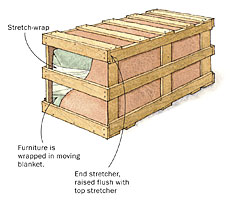
Jim Richey
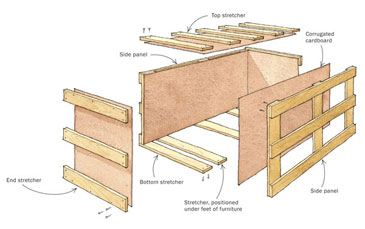




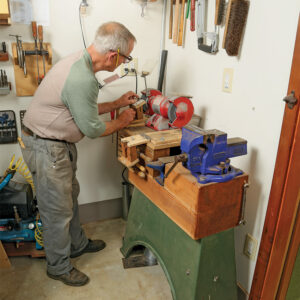
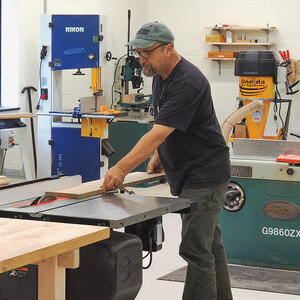






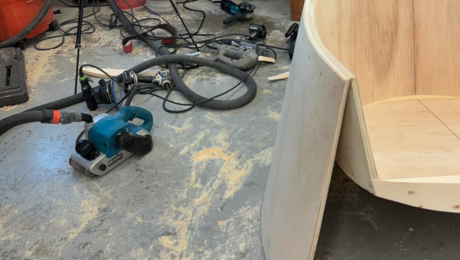
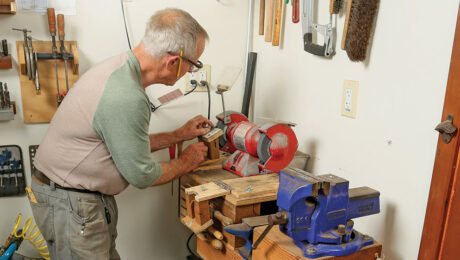








Log in or create an account to post a comment.
Sign up Log in